
3D printing has well cemented its place in the design industry as a technique that is innovative, efficient, and economical. And it’s definitely making waves in all the areas of the design world – whether it be furniture, accessories, or even footwear! It’s a technique that is being widely utilized in product design, owing to its simple and innovative nature. And not to mention it is sustainable, flexible, and economical. But designers aren’t employing 3D printing only to create basic models, they’re utilizing this technique in mind-blowing ways as well. And, we’ve curated a collection of 3D-printed designs that truly explore the potential and versatility of this amazing technique. From an electric violin with a 3D-printed body to 3D-printed chairs that bring an element of sustainability + flexibility to your living room – the scope of this reliable technique is unlimited. Dive into this collection of humble yet innovative 3D-printed designs.
1. 3D-printed Seats
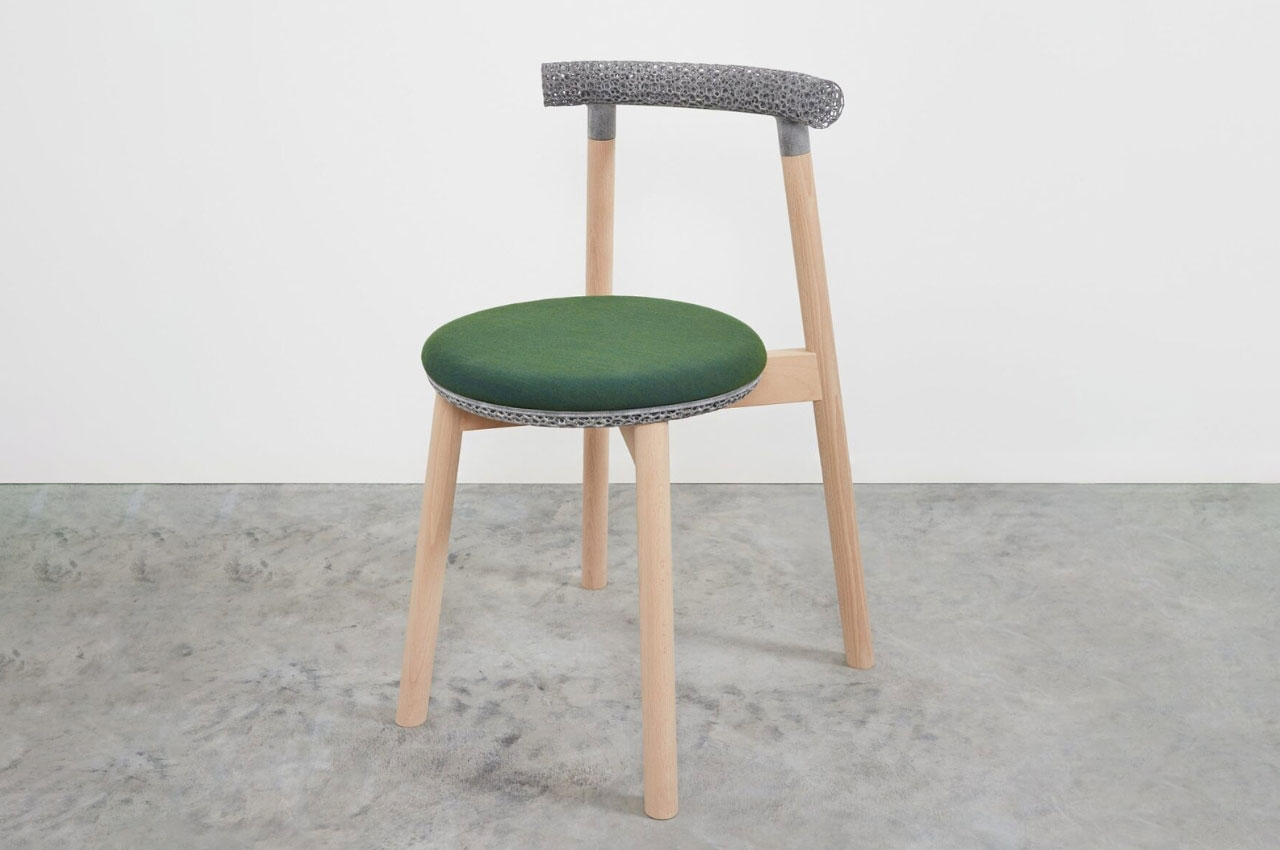

Designed by Johannes Steinbauer Office For Design, these 3D-printed chairs are produced using additive manufacturing and are created without using fabrics, springs, and foam! And they still manage to be super functional and comfortable. These chairs utilize rigid parts, instead of the typical racks from chairs.
Why is it noteworthy?
The design is simple enough with four legs, a round seat, and a single bar at the back. But if you want to add other components like more racks or even textiles, these can also be added through 3D printing. The different parts are easy to assemble and disassemble and once it reaches the end of life, you can dispose of the different parts separately and recycle them accordingly.
What we like
- Super easy to assemble and disassemble
- Sustainable design
What we dislike
- No instruction on having a space saving version of this design
2. The Cozy Cleo Table Lamp
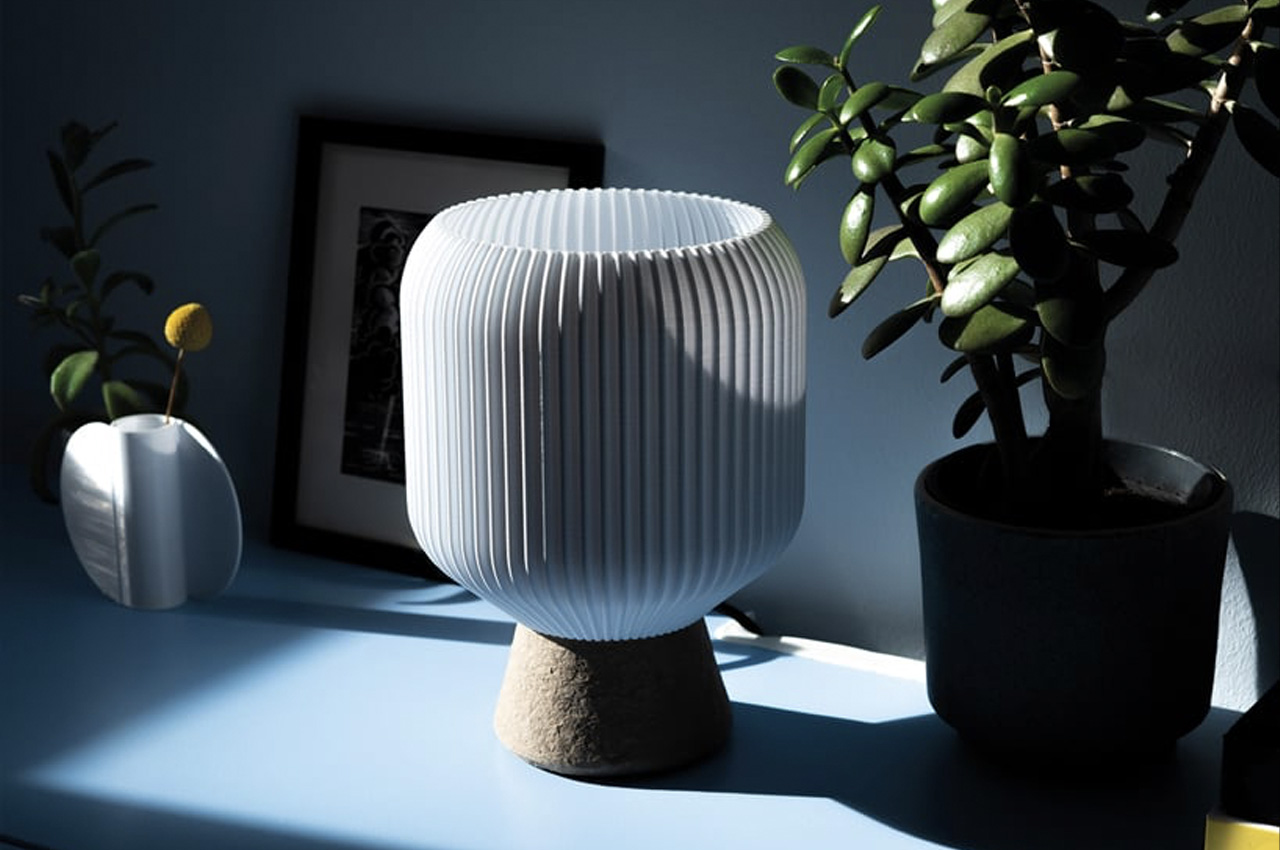
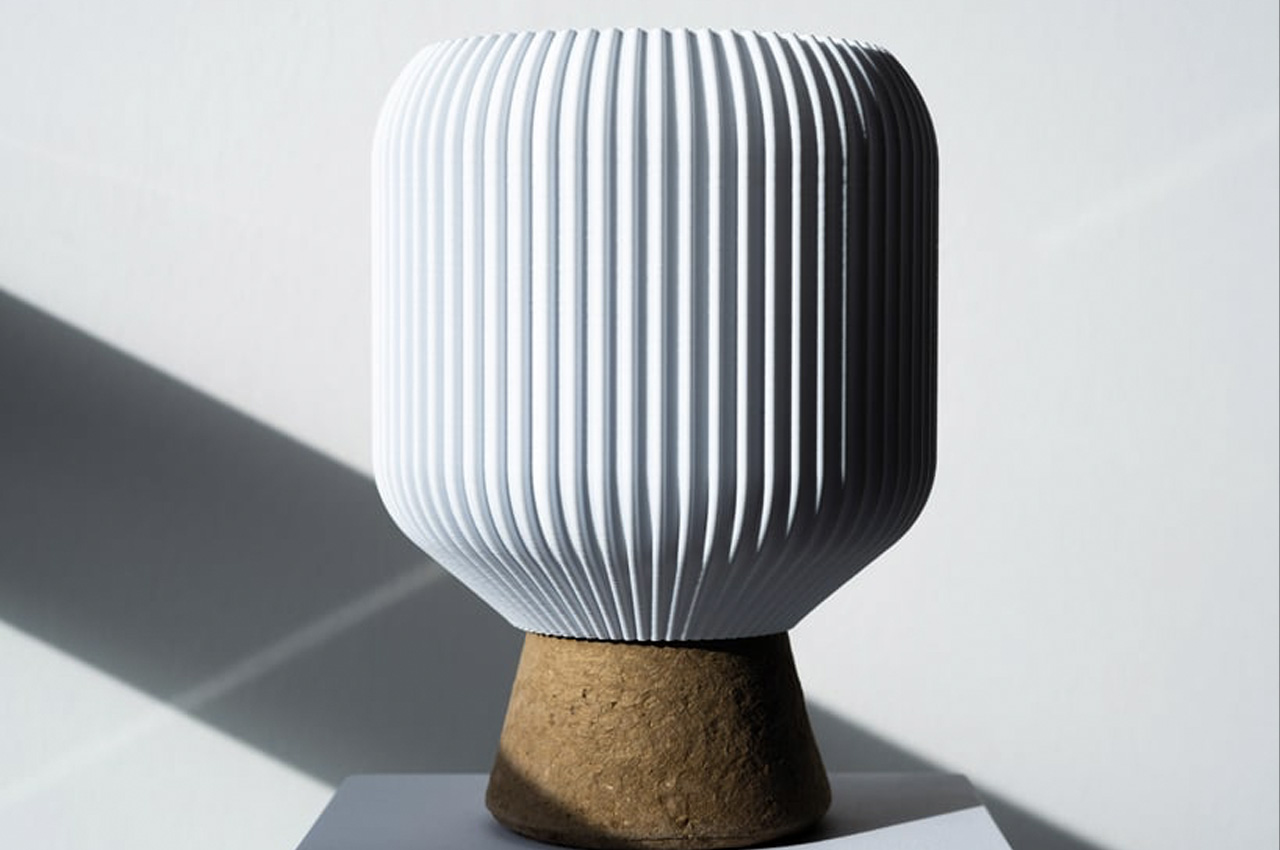
Based in Germany, the design studio EveryOtherDay designed a 3D-printed lamp called the Cozy Cleo table lamp. The table lamp was made using recycled plastic bottles and cardboard. This sustainable product perfectly exemplifies circular design, minimalistic design principles, and simple functionality.
Why is it noteworthy?
The Cleo table lamp is a holistically sustainable product defined by minimal aesthetics, clean lines, an intriguing geometric shape, and a captivating visual language.
What we like
- Built using 3D-printed materials
- Innovative attempt to tackle the excessive wastage of cardboard
What we dislike
- No complaints!
3. Karen Ultralight Electric Violin
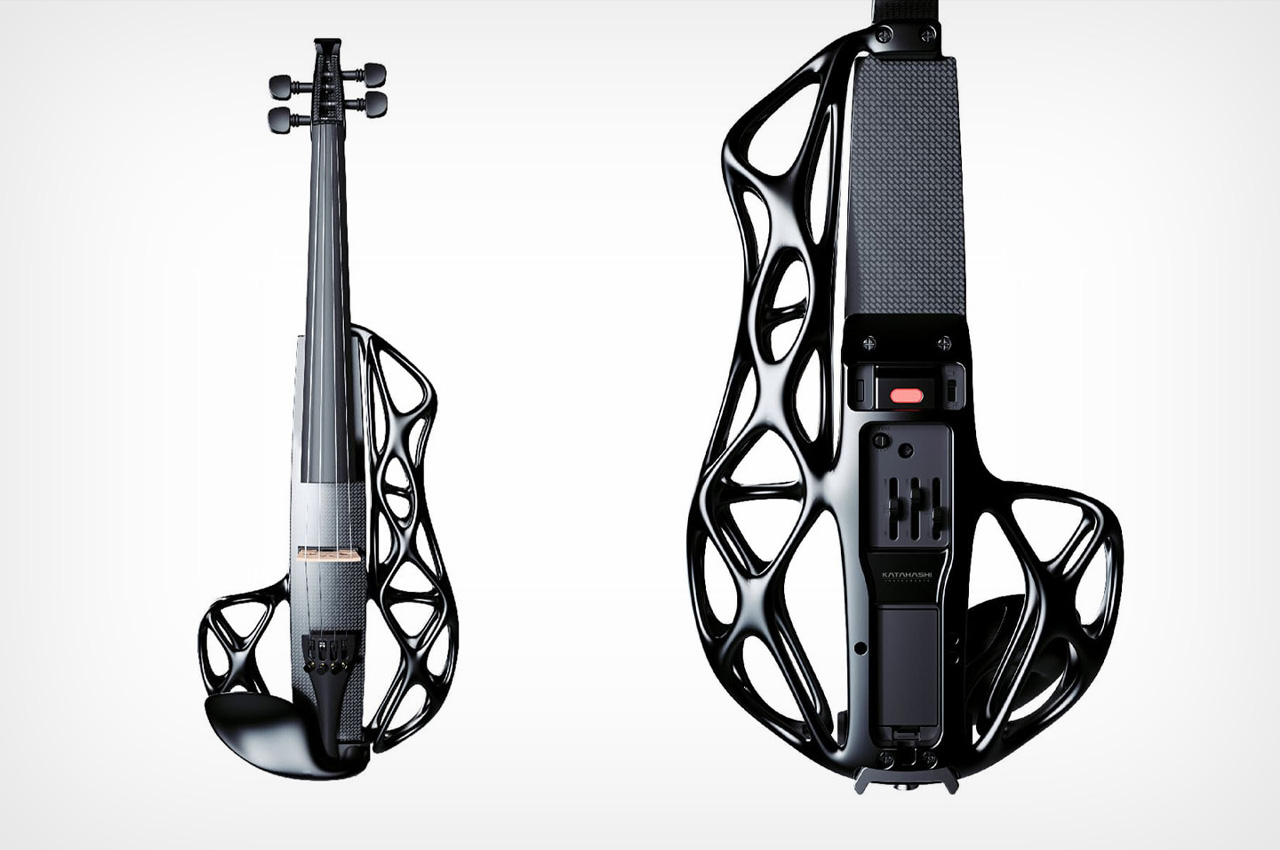
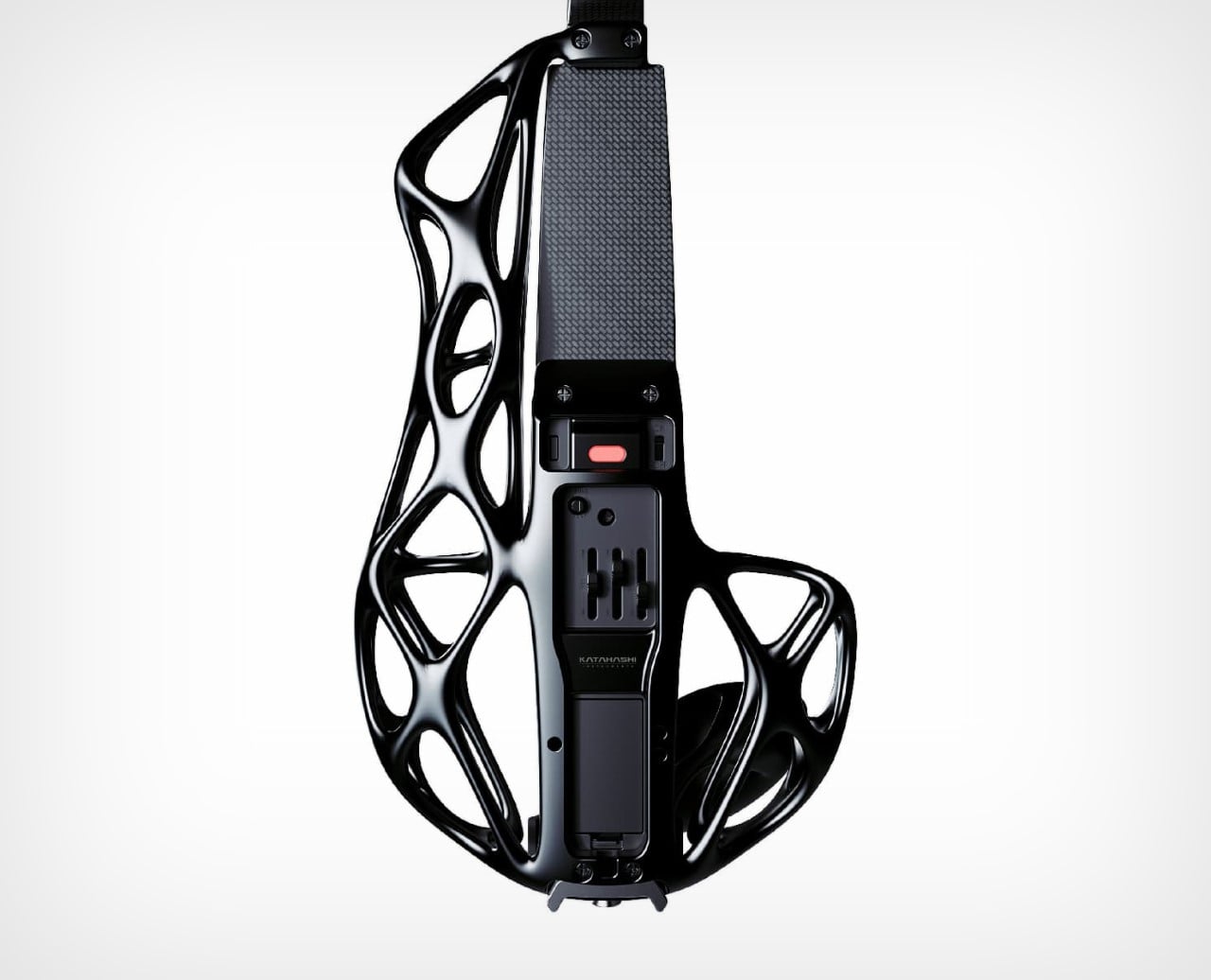
The Karen Ultralight Electric Violin isn’t the most interesting name for a musical instrument, but it’s definitely one that will grab your attention! Designed by Anima Design for Katahashi Instruments, the Karen Ultralight is a dynamic and innovative electric violin that features a rather eye-catching and unique form.
Why is it noteworthy?
The violin comes with a relatively hollow body made through generative design, which still provides strength with minimal use of material. The 3D-printed generative frame sits on a carbon fiber body, with a birchwood fingerboard for an elevated yet familiar playing experience. Working just like an electric guitar, the Karen Ultralight has a 1/4-inch jack output, but even sports an internal 9V battery and a headphone jack so you can ‘silently’ play music directly into your headphones without disturbing the neighbors!
What we like
- Uses a popular design technique called generative design
- A slot on the back lets you put in a 9V battery and plug your own headphones into the Karen, giving you the ability to play silently, right into your ear
What we dislike
- Old-school music lovers may prefer the traditional guitar design
4. Create
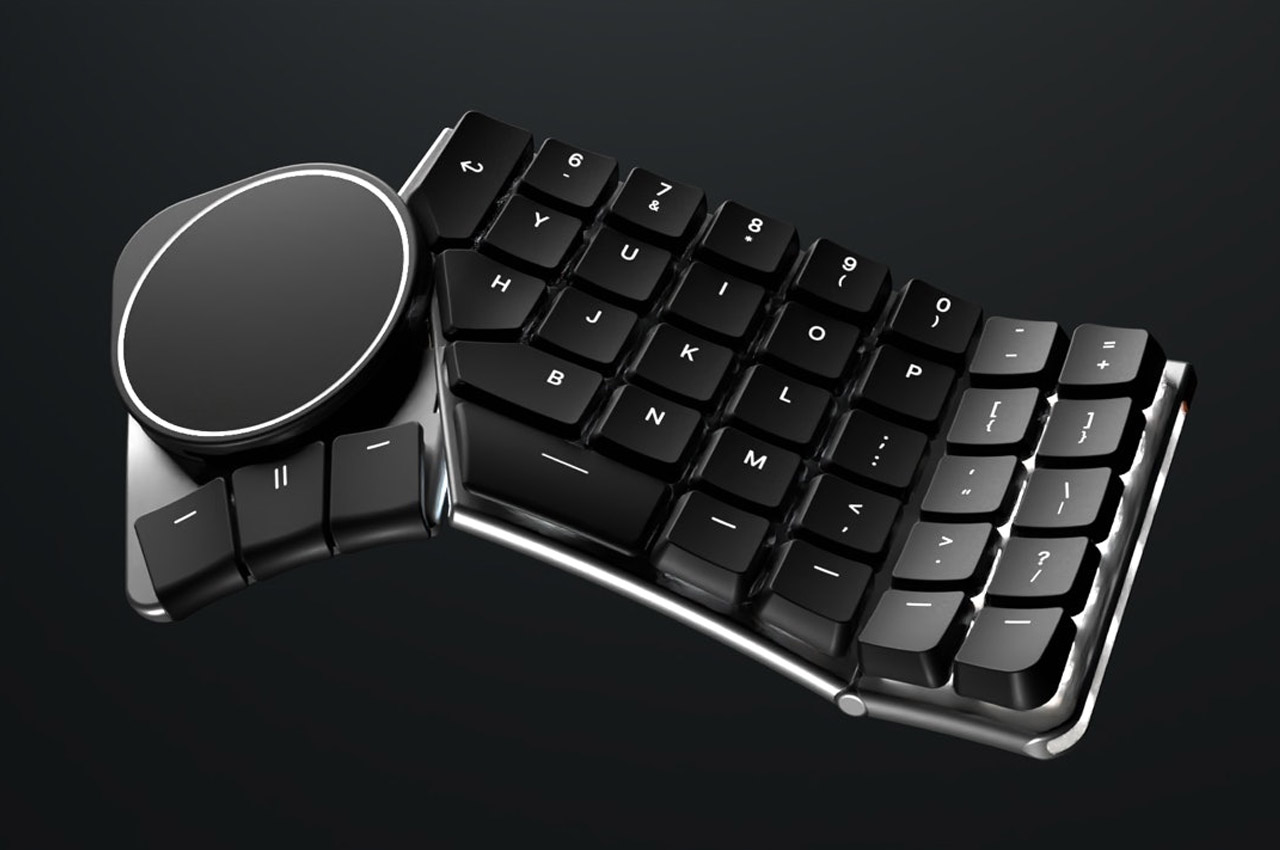
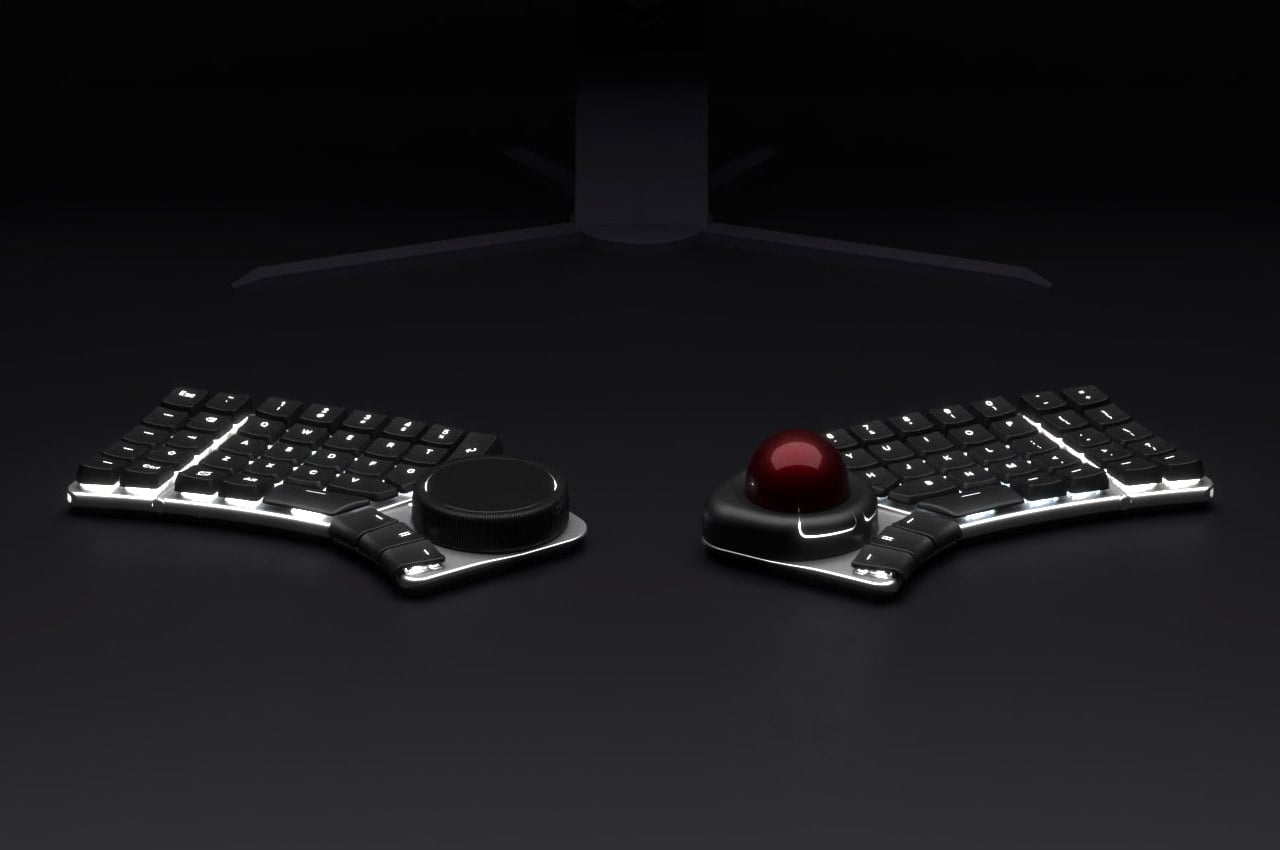
Designed by Naya, Create is the keyboard that will ensure you don’t need additional peripherals on your desk! It is a highly customizable product designed to perfectly cater to every person’s individual self-expression. It eliminates the issue of a cluttered desk, which can often occur when you constantly need to switch between different peripherals.
Why is it noteworthy?
The split keyboard with the customizable form factor and various configurable modules onboard can seamlessly fit into any workflow. Thus, it intends to become a go-to option for casual keyboard enthusiasts and serious creative professionals.
What we like
- The keyboard is split and customizable
- The creator in you can leverage the convenience of 9 degrees of freedom with the 3D navigator
What we dislike
- Some users may find Create more complex to operate than a conventional keyboard
- Seems like a space-consuming design for your desk
5. The ADD-APT Pen


The ADD-APT pen looks nothing like the usual pens. Designed with a replaceable refill design that’ll let you hold on to it for ages, the ADD-APT is elegant, eye-catching, and innovative. And not to mention it’s also 3D-printed, which reduces the waste produced during the pen’s production process!
Why is it noteworthy?
The ADD-APT name comes from its unique design, which adapts to every user’s style. The pen’s artistic form factor has a unique teardrop-shaped cross-section that be ergonomically gripped by both left-handed and right-handed users (it even allows neutral and inverted-neutral holding styles), and the notched grip provides the right kind of texture needed to provide the reliable amount of friction without requiring a separate rubber/silicone sleeve for a grip.
What we like
- Sustainable and waste-reducing design
- Infinitely reusable nature
What we dislike
- No complaints!
6. Tiny Furniture
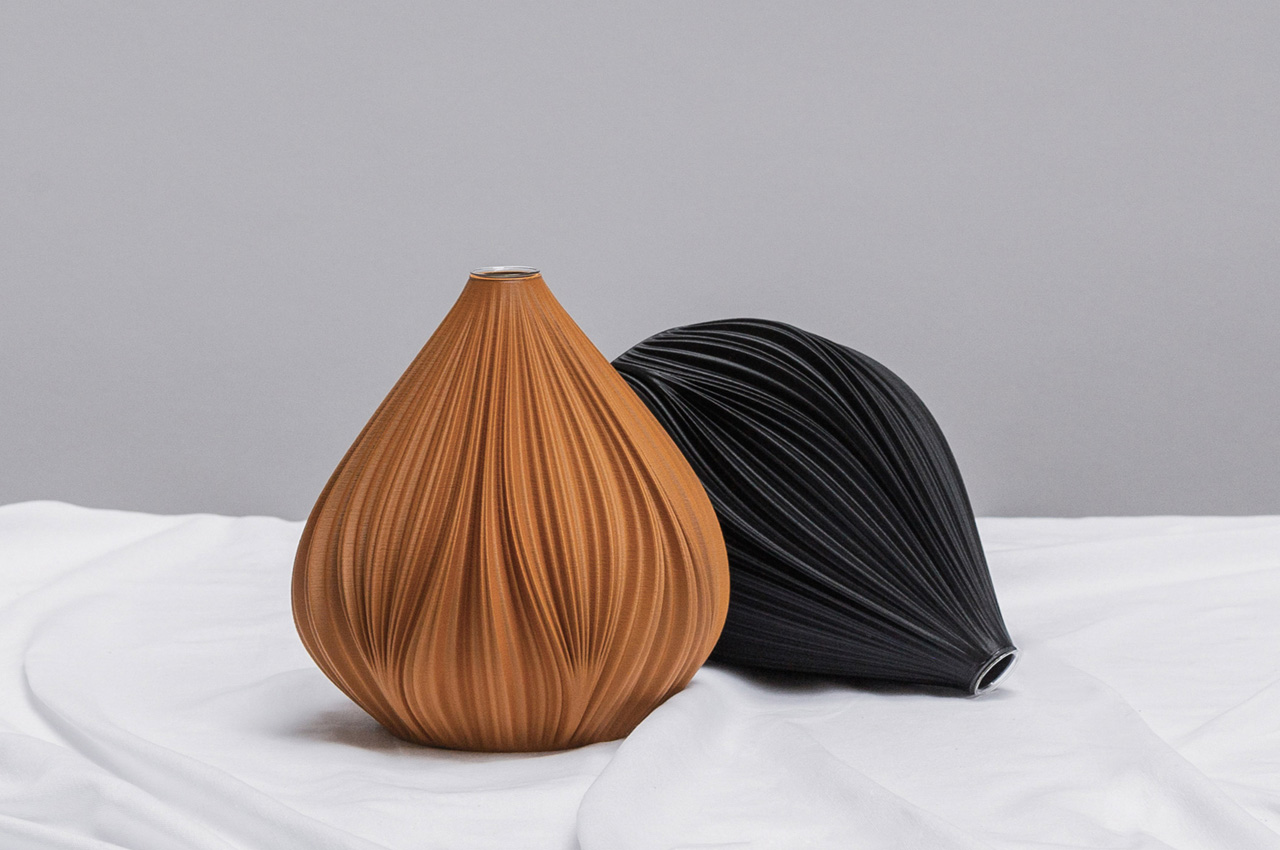
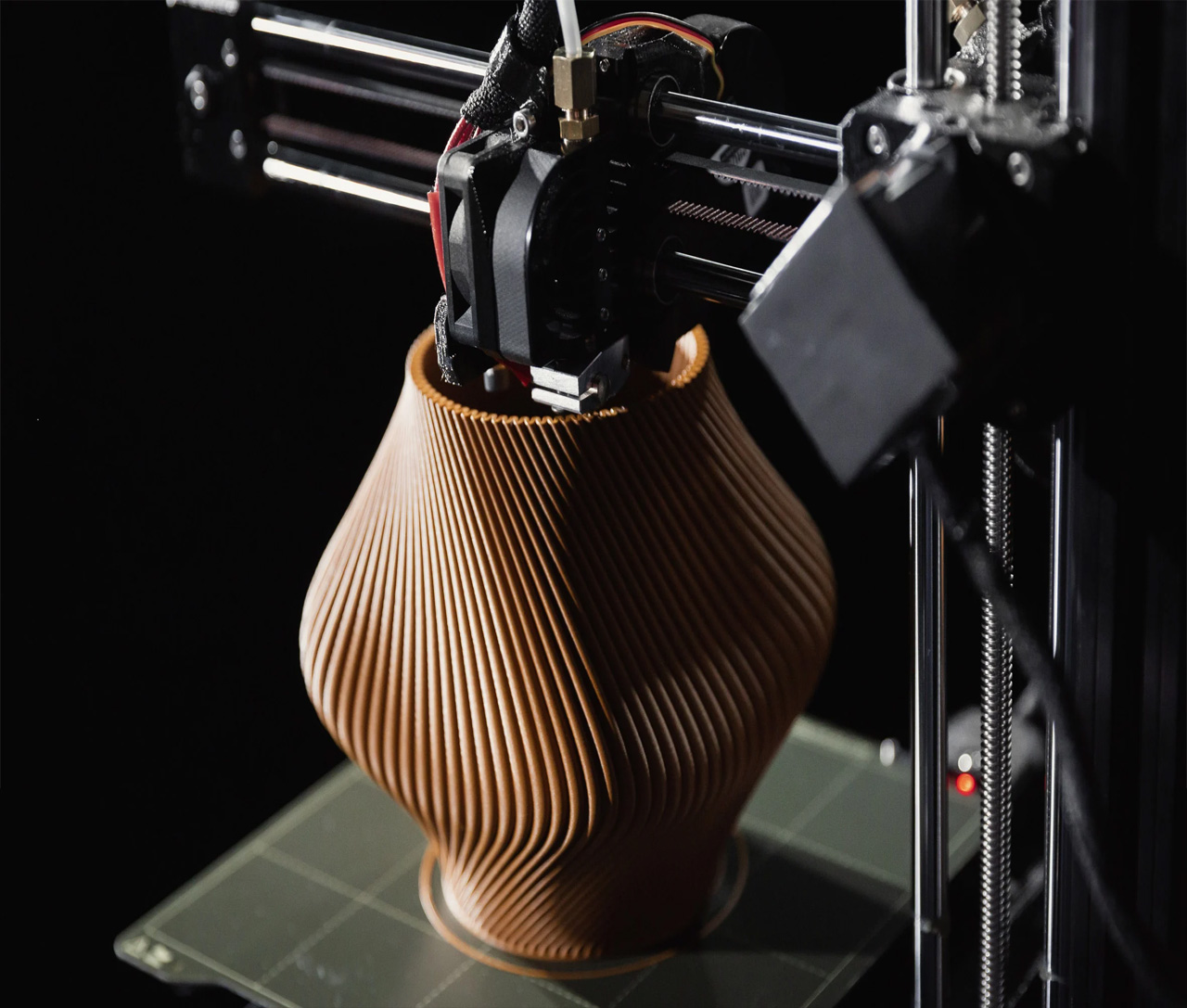
Nicolas Gold trained with Zaha Hadid, before building ‘Sheyn’ with his partner Markus Schaffer. And the brand Sheyn focuses on creating “Tiny Furniture”. Tiny Furniture is homeware designed by architects! The homeware has been infused with an architect’s tendency to fuss and mull over “the tiniest details of furniture and fixtures”.
Why is it noteworthy?
The Tiny Architecture collection comes in a variety of fourteen different colors, with each variant made using a partly recycled material, that adds an element of uniqueness and individuality to them.
What we like
- Created using a light and sturdy recyclable bioplastic made from corn
- Nuanced yet loud designs
What we dislike
- Caters to quite a niche audience
7. Hula
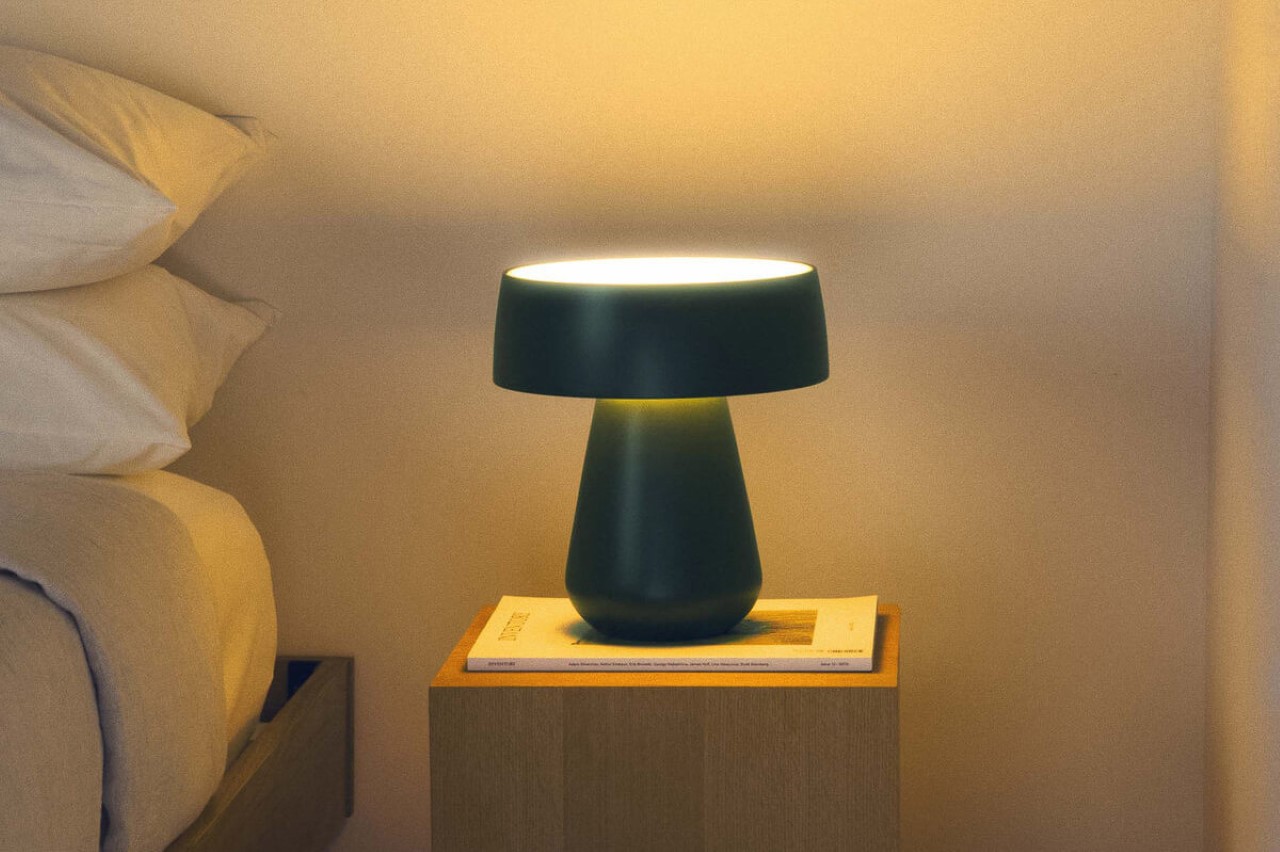

“Inspired by the ways in which lighting affects well-being, Felix Pottinger created Hula as an answer to the shrinking spaces inevitable to city living. The light that flows up through the top of the diffuser, creates an illusion of higher ceilings while the light that comes through the bottom brings a warm glow on any surface,” said Gantri, the maker of this intriguing lamp.
Why is it noteworthy?
The name Hula comes from the ring-shaped lampshade that rests around the lamp’s body, like a hula hoop around a person’s waist. The lamp’s design comes from the mind of German designer Felix Pöttinger, who’s developed his own unique style of combining form with emotion.
What we like
- Comes in three interesting variants
- Add their own distinct subtle flavor to any interior or tabletop surface
What we dislike
- The form of the lamp is rather plain and simple
8. Weaver+

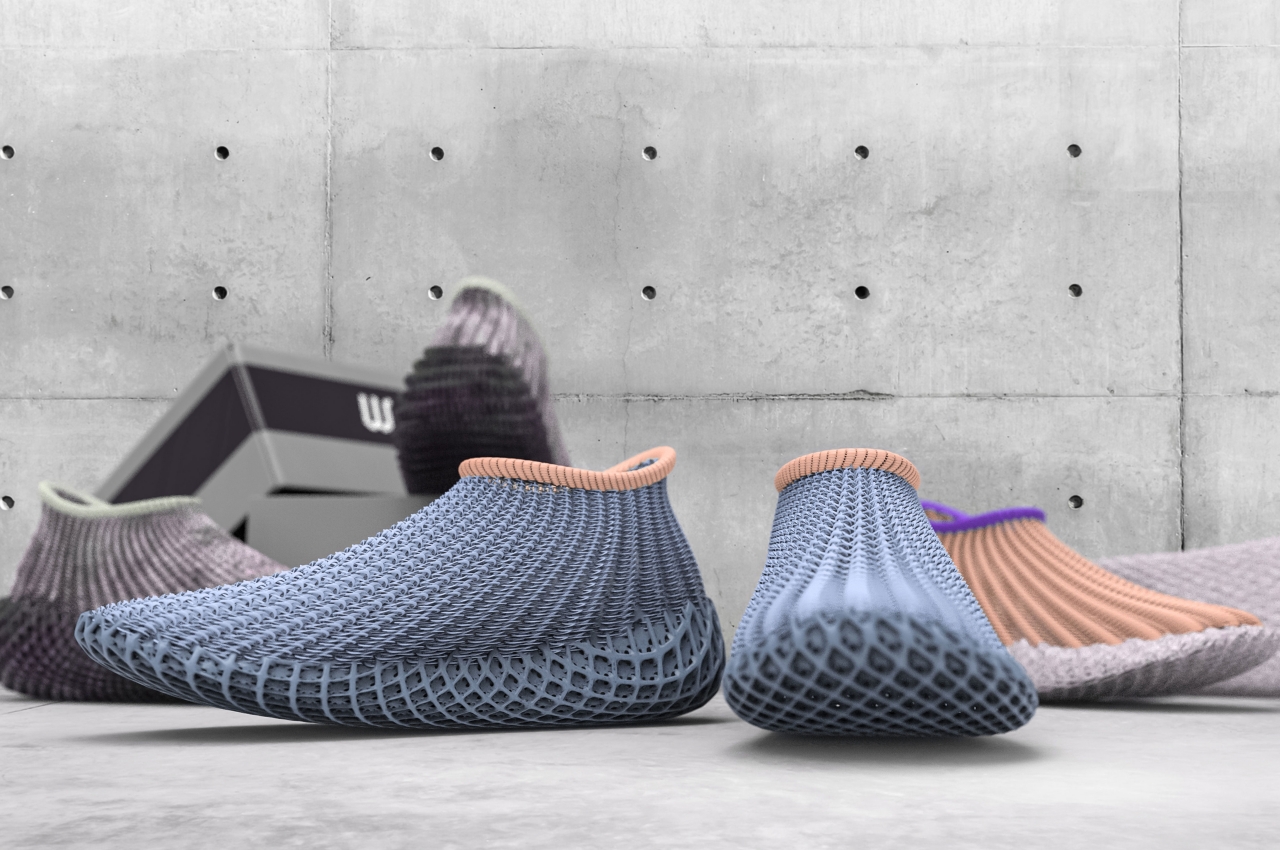
We|aver+ or Weaver+, for example, 3D prints something that is akin to knitted fabric, except it uses elastic TPU as the material. The shoes that it prints out actually look more like chainmail rather than conventional fabric, and it’s not without reason.
Why is it noteworthy?
The hollow-loose knitting structure gives the shoes the flexibility necessary for supporting the growing feet of children. At the same time, however, the shoe also offers stable support to make sure the heels don’t lose their suppleness in the long run.
What we like
- Designed to feel great but also look distinctive
- The design allows the shoes to stretch in one direction while also providing stability in the perpendicular direction
What we dislike
- No complaints!
9. The Blizzfosser
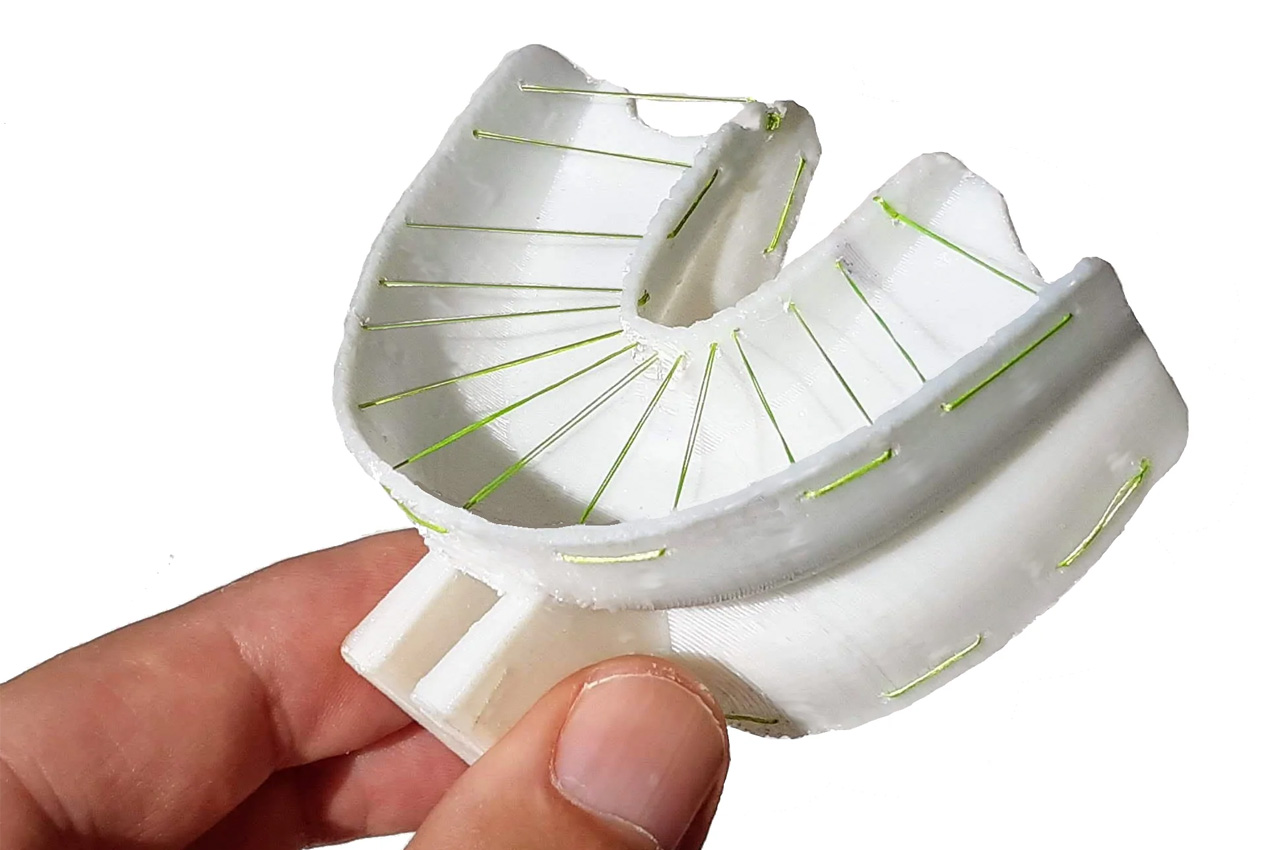
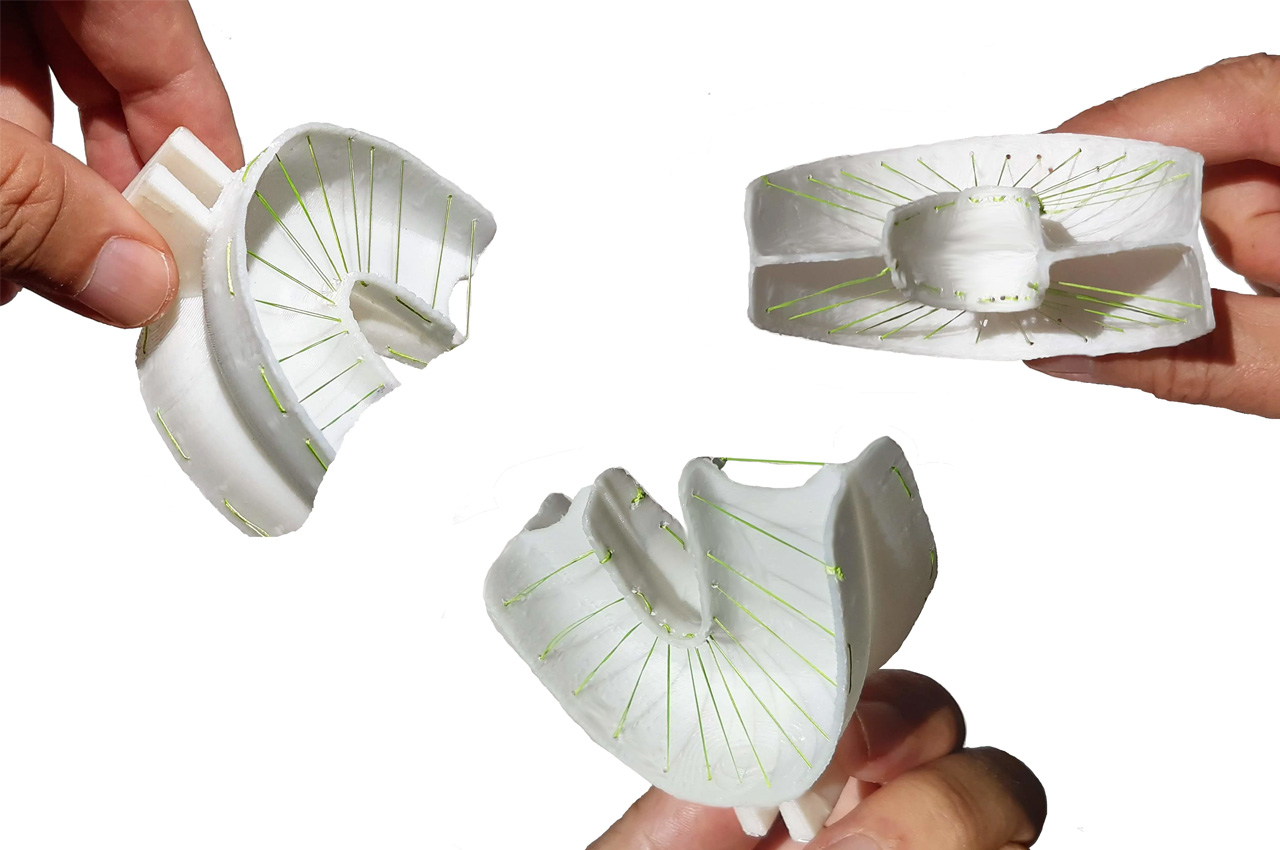
Customized to each person’s interdental crevasses, the Blizzflosser is the brainchild of Chris Martin who has already made us fans with the weirdly productive toothbrush-sponge.
Why is it noteworthy?
The Blizzflosser comes with soft floss lined according to an individual’s denture. It is washable and reusable. The floss aligned on the contraption is thin to glide through into the gaps between the teeth and does not hurt the gums. Getting one of these tailored for you is simple; Blizzbrush sends a double-sided special paste tray to you that you bite into to leave about 5mm deep impressions of your upper and lower dentures. You then snap pictures of your production and send them to the company that based on the images customizes and 3D prints a complete denture flosser for you.
What we like
- Replicates the manual flossing techniques
What we dislike
- Not an easily portable or space-saving design
10. Mini Clutch Bags

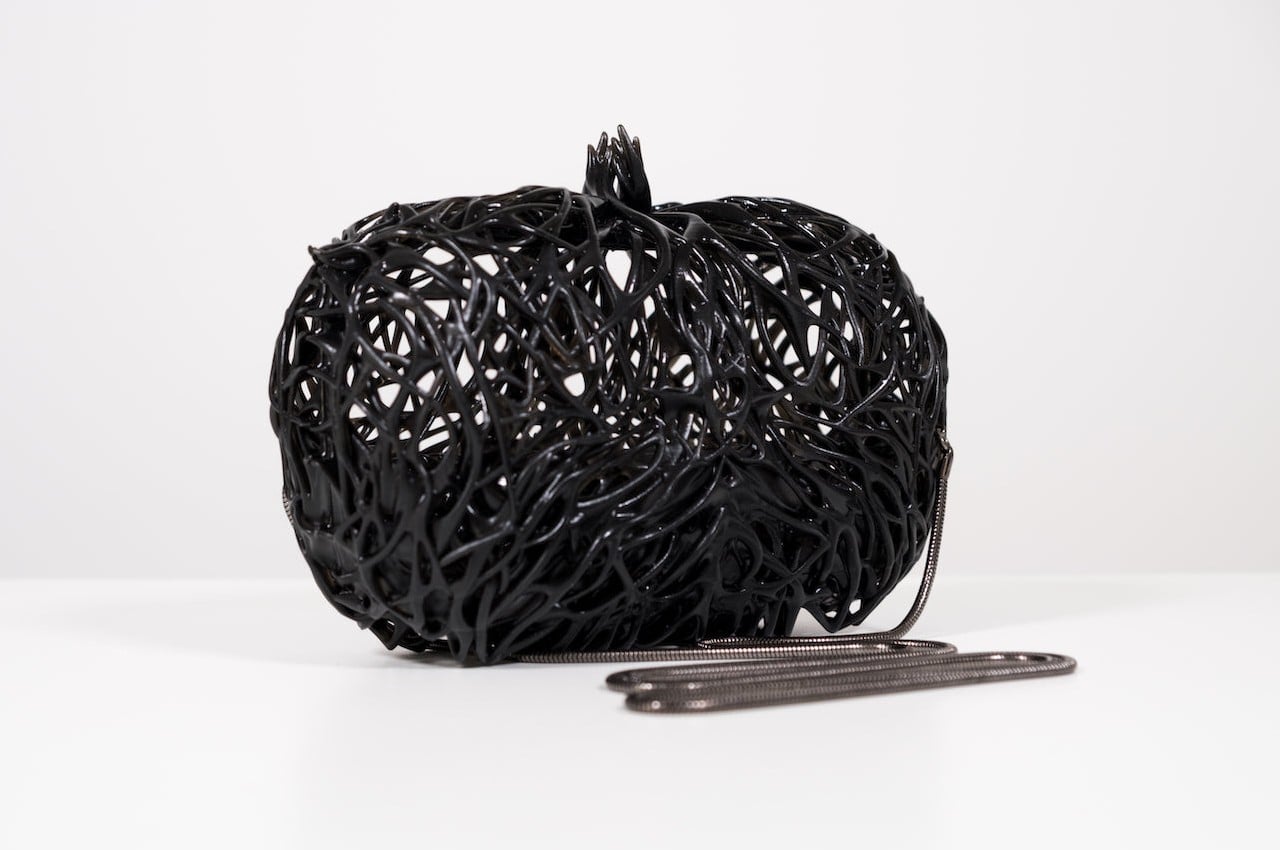
These mini clutch bags are evidently inspired by organic patterns and structures, like something from underwater flora and fauna. Such designs are extremely difficult and expensive to produce using traditional methods.
Why is it noteworthy?
Ironically, it is more expensive and more wasteful if complicated designs like these are produced in small amounts. These kelp-inspired fashion accessories, however, are not only intricate but also sustainable, and they are made possible using yet another marvel of human ingenuity, the 3D printer.
What we like
- The organic patterns are based on 3D scans of natural topologies from kelp collected from the Malibu coastline in California
- The voids created by the patterns not only let you have a slight view of what’s inside the bag, but it also makes it more lightweight
What we dislike
- No complaints!
The post Top 10 3D-printed designs that every sustainability lover needs to incorporate in their life first appeared on Yanko Design.
from Yanko Design


0 Comments